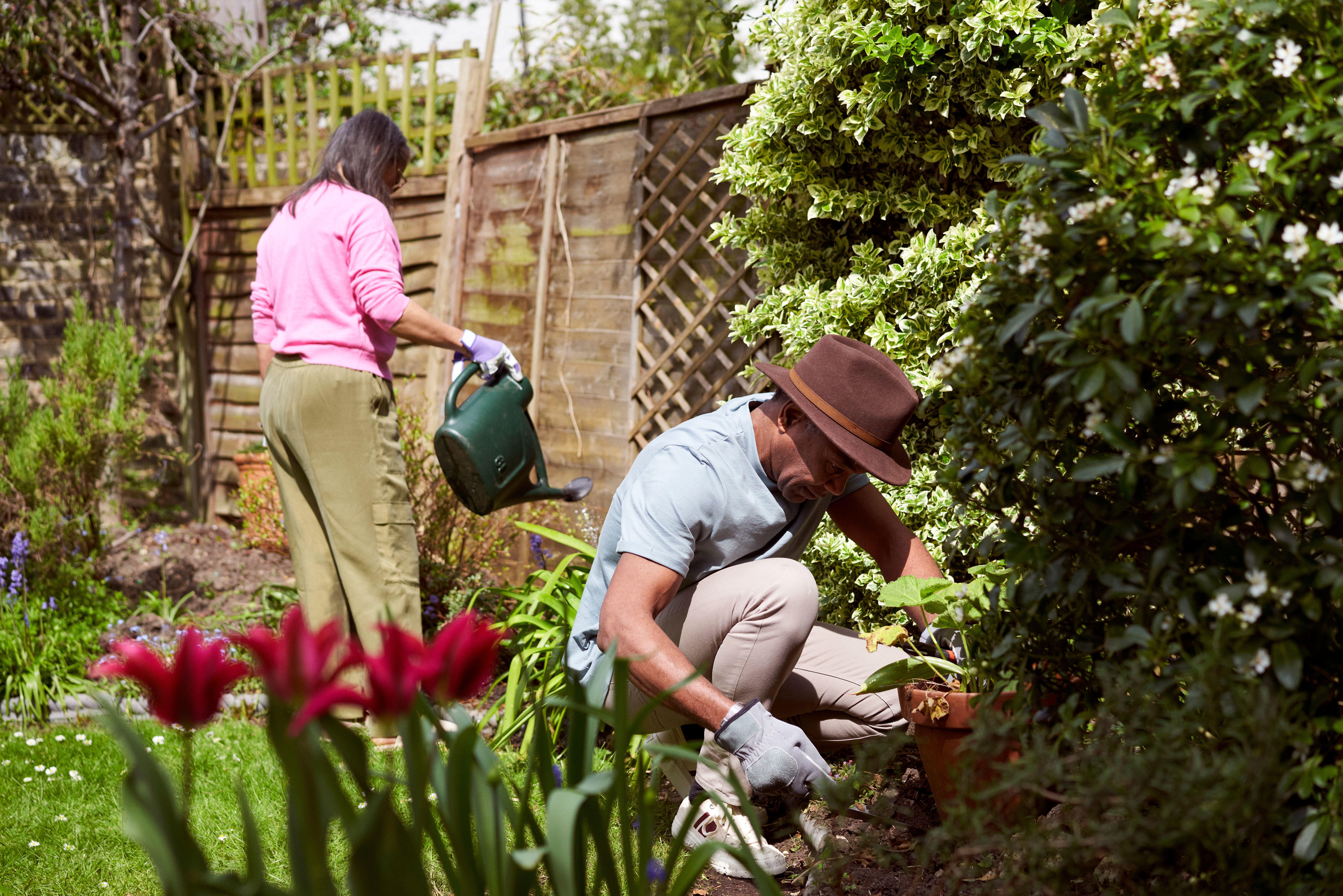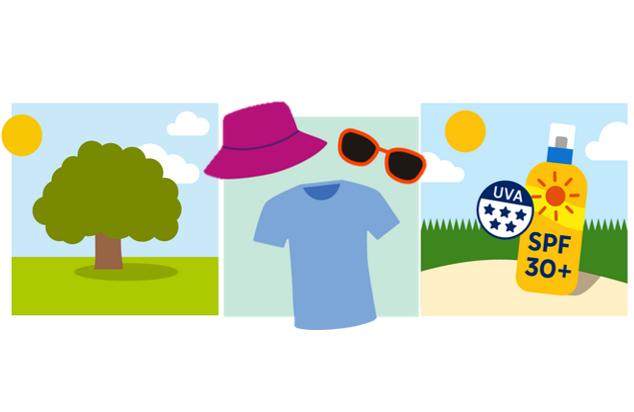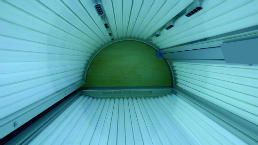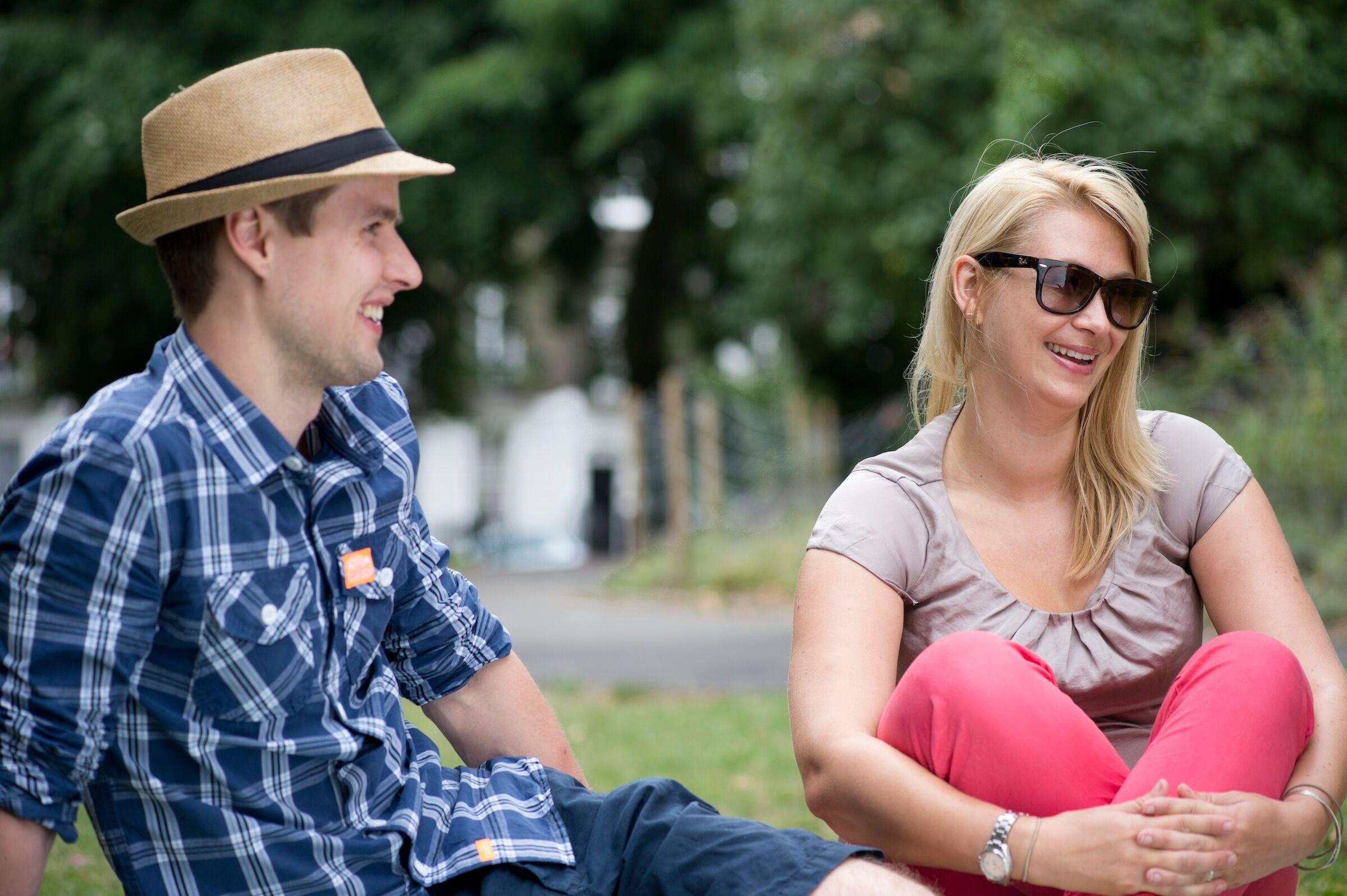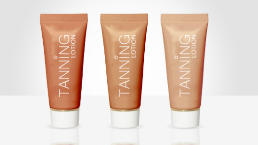Sun, UV and cancer

Too much ultraviolet (UV) radiation from the sun or sunbeds can damage DNA in your skin cells and cause skin cancer.
In the UK almost 9 in 10 cases of melanoma skin cancer could be prevented by staying safe in the sun and avoiding sunbeds.
The best way to enjoy the sun safely and protect your skin is to use shade, clothing and sunscreen.


